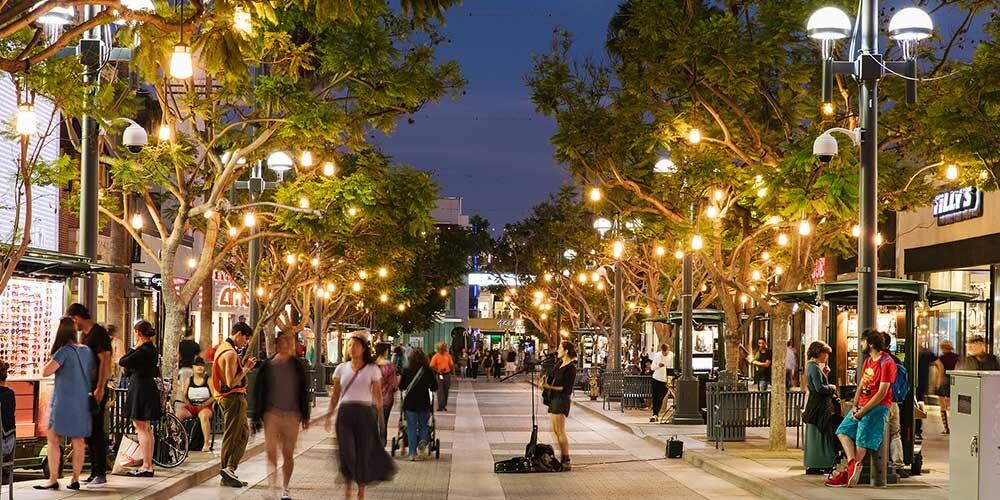The funny thing about the story of renaming Downtown Santa Monica is the universal reaction: “Wait, what was it named before? Wasn’t it always called Downtown Santa Monica?”
No, it wasn’t.
Ironically enough, that universal reaction represents the complete success of a cultural insights-driven strategy. By seamlessly aligning strategy and meaning, Downtown Santa Monica (re)discovered an authentic, intuitive and instantly recognizable identity for itself.
Done right, my role in the project was invisible. I was the catalyst for reinvention: doing the research, connecting the dots and then pointing to the best solution. My goal in any project is to make my client team smarter and arm them with insights to make better decisions about their future strategy. Instead of a heavy-handed design, identity and renaming intervention (e.g. renaming Oxnard!), we created a solution that felt so natural and fit so appropriately, it was as if the project was obvious destiny.
It wasn’t, and it took a lot of hard work. But some of the most effective innovations are taken for granted!
Challenge
To rename, rebrand, and really discover the unique identity of Santa Monica’s downtown area, previously called the Bayside District. People immediately recognized this place as home to the world famous Third Street Promenade and the Santa Monica Pier, the terminus of the famous Route 66. A popular tourist destination and central business hub, the city also has a community of highly engaged citizens who embrace the city’s tradition. How to balance these sometimes competing cultural directions?
Approach & Methods
I designed and executed a mixed methods research study that explored the character, purpose, and potential future vision of the area.
Interviews with people on the street, to gain rapid impressions of the area’s reputations
In-depth 1-on-1 interviews with key stakeholders and board members of the District, as well as business owners, law enforcement, and engaged citizens
A series of workshops with key constituents and stakeholders
Participant-observation throughout the district
Comparative research of downtown districts and BIDs throughout the world
Key Learnings & Impact
The study articulated a full range of disagreements on the strategic vision of the downtown area. This helped the management district better understand how to develop a balanced approach that would respect all interests.
The study also discovered that the existing brand and name, Bayside District, had extremely low value, in terms of reputation, recognition, and meaning. That led to renaming and visual identity projects.
Downtown Santa Monica’s new strategy tied together the district’s varied spaces into a more cohesive experience. It also included the co-creation of a vision document that spelled out the future strategic pathway for the city.
Cultural Insights-Driven Strategy
Consultant Group: Shook Kelley (click on link for case study)
Client: Downtown Santa Monica Property-Based Assessment District (formerly “Bayside District”)
